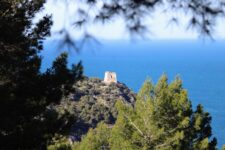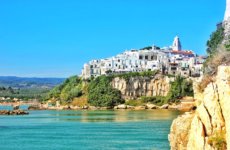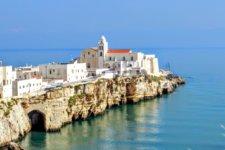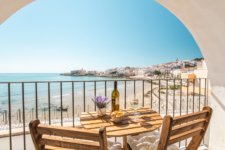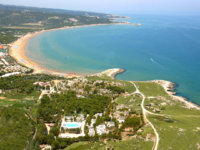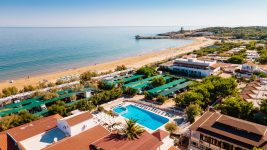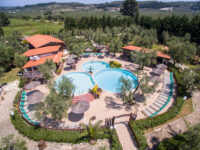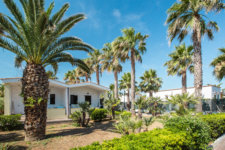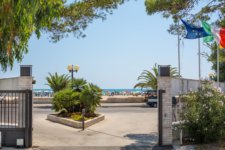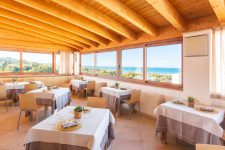Peschici is about 20 km away. north of Vieste, on the coast, between a crystal clear sea and green pine forests.
Peschici, ninety meters above the sea, the houses clinging to a cliff, is a Mediterranean village, whose beauty can be captured from the pretty little square overlooking the sea. A show for painters, with the small port, the castle overlooking the sea, the long sandy beach, the pine forest and the road that climbs between the pine trees and the Mediterranean scrub.
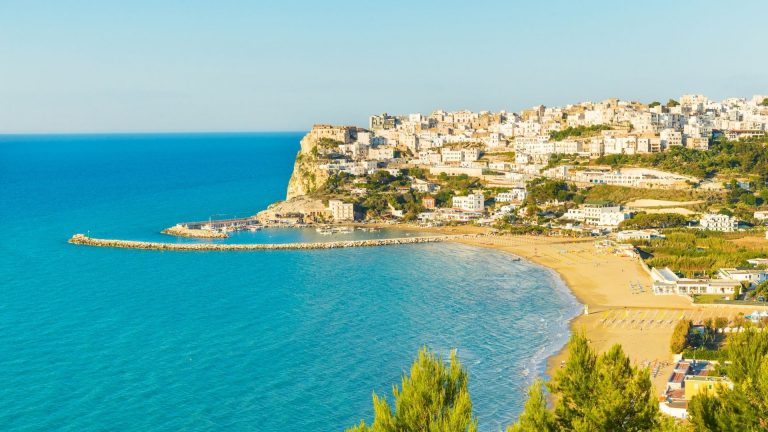
What to see in Peschici
The main point of interest in Peschici is certainly the historic center which is located within the medieval walls interspersed with towers, still visible.
Access to the ancient village of Peschici from the city center (Corso Garibaldi) is through an arch with a tower that the inhabitants of Peschici call "Porta del Ponte", in memory of the drawbridge that closed the village.
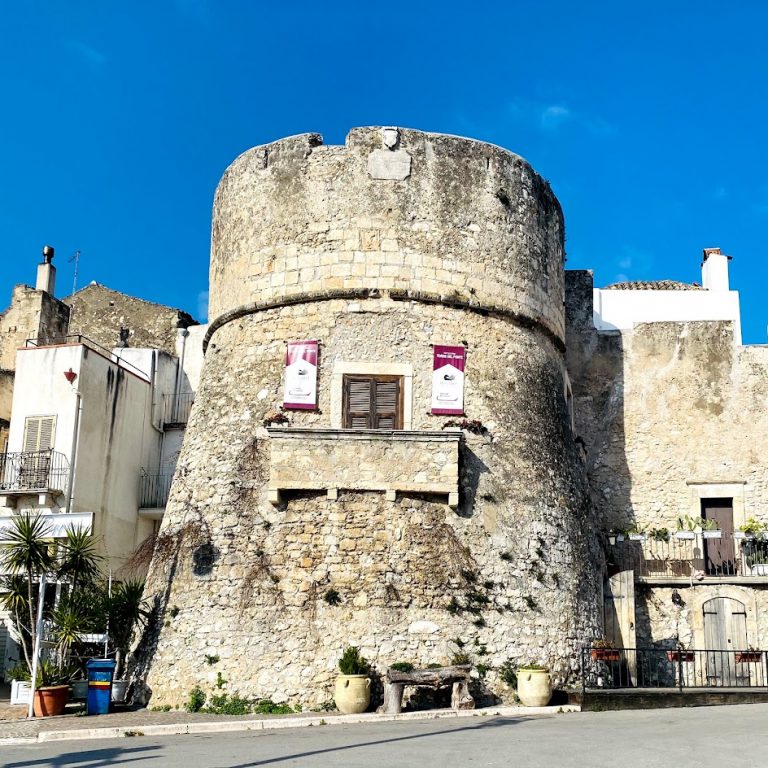
The historic center is typically Mediterranean, with narrow streets, viewpoints overlooking the sea, and white houses with domed and sloping roofs, expressions of different historical periods and dominations.
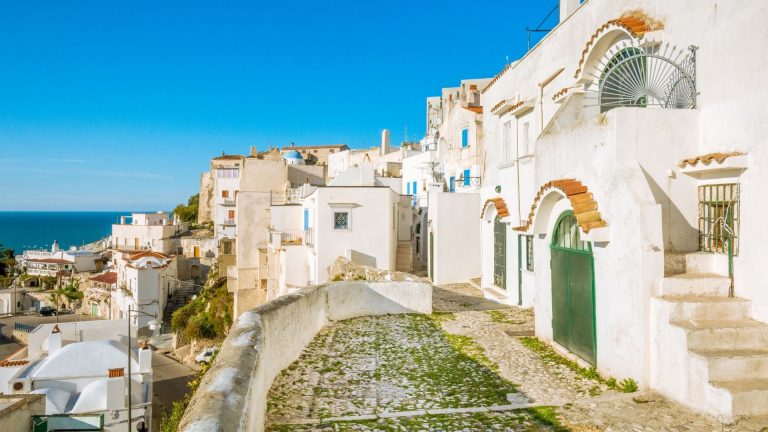
Continuing we arrive at today's via "Porta di Basso", so called due to the presence, in the past, of a secondary gate used by fishermen and laborers returning from the beach or from the countryside downstream.
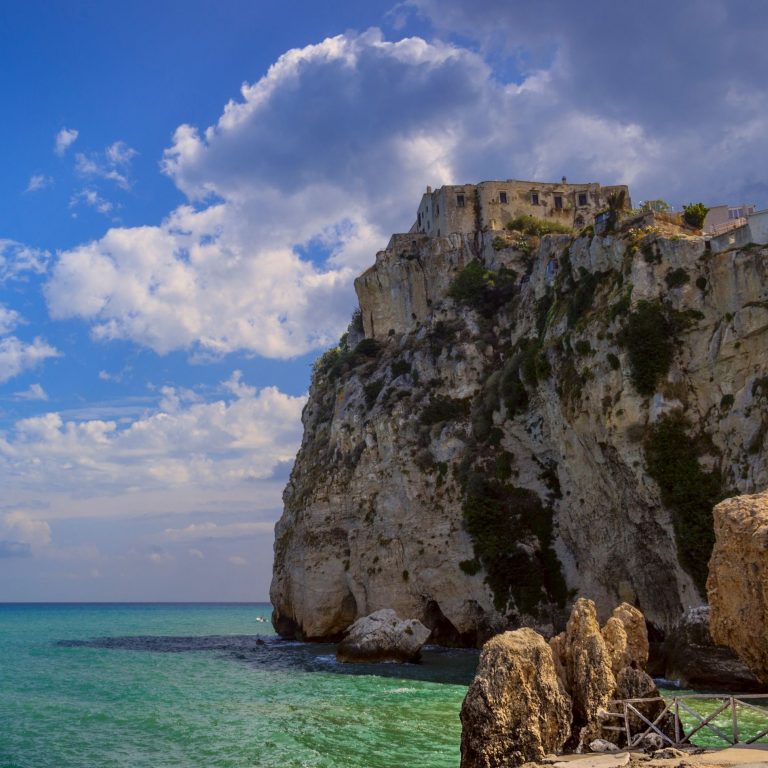
The Peschici Castle dominates the sea, the first structure built in the current historic centre, built by the Normans around the year 1000 on the remains of a Greek castle.
The castle is partially destroyed and incorporated into the city network and some wings have become private homes. The "dungeons", on the other hand, are accessible to the public and often host exhibitions.
Downstream we find the characteristic small port, the long sandy bay and continuing northwards a rocky ridge with a pine forest and the characteristic "Tower of Monte Pucci" which separates us from the bay of Calenelle and Saint Menaius (Vico del Gargano).
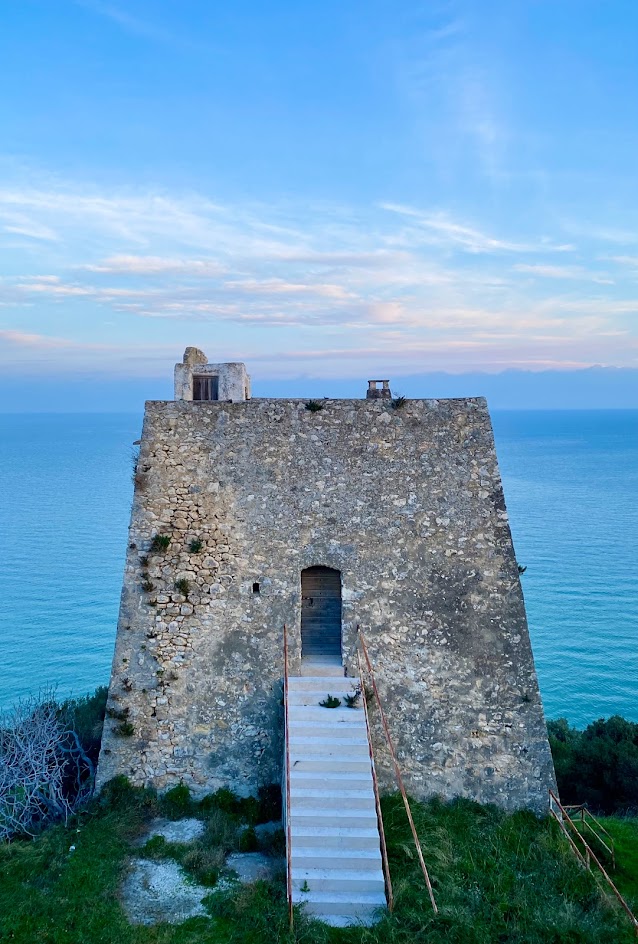
How to get to Peschici
To get to Vieste from Peschici we have 2 main roads, the first, internal, crosses the centuries-old olive groves and the plain of Mandrione, before crossing a hilly area with a very suggestive pine forest.
The second is the coast road, full of hairpin bends that run alongside beaches, cliffs and bays such as that of Sfinale, the border between Vieste and Peschici.
From the north instead it will be possible to get there from Vico del Gargano, arriving in the plain of Calenelle, or from Rhodes Garganicoalong the coast of San Menaio.
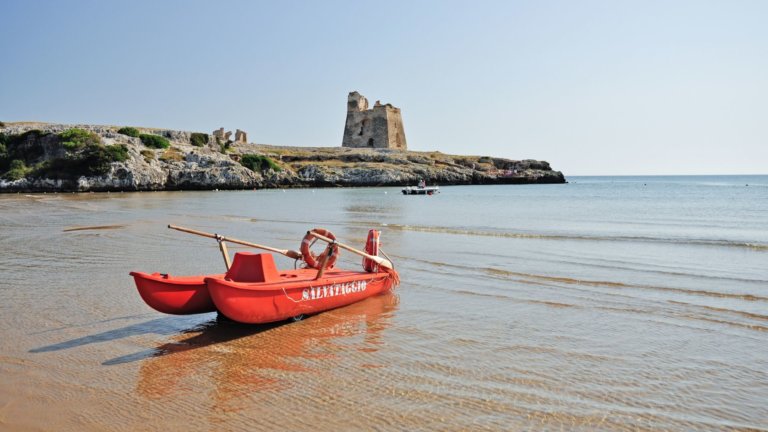
The history of Peschici
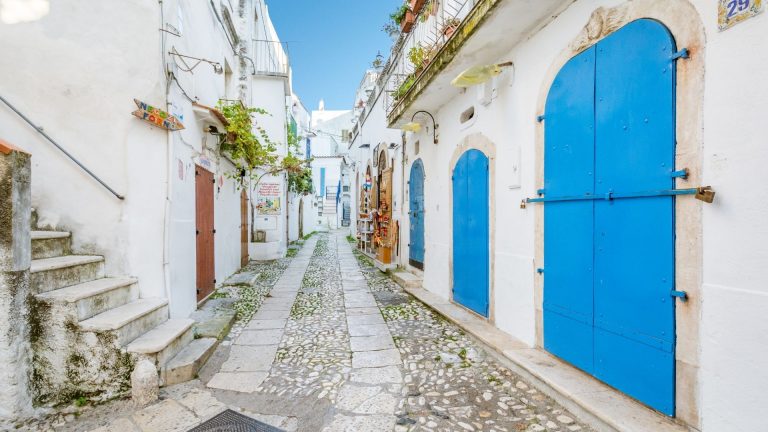 The traces of those dangerous centuries remain, from the defense towers to the medieval castle, with the tower known as Rocca Imperiale, rebuilt in 1600 and subsequently restored. Around the original network of narrow streets is the cathedral dedicated to Sant'Elia (celebrations on July 20), of thirteenth-century origin and enlarged in the sixteenth century (inside canvases from the seventeenth-century Neapolitan school, including a canvas by Pacecco De Rosa).
The traces of those dangerous centuries remain, from the defense towers to the medieval castle, with the tower known as Rocca Imperiale, rebuilt in 1600 and subsequently restored. Around the original network of narrow streets is the cathedral dedicated to Sant'Elia (celebrations on July 20), of thirteenth-century origin and enlarged in the sixteenth century (inside canvases from the seventeenth-century Neapolitan school, including a canvas by Pacecco De Rosa).Descending from above, winding along the slope, the road down to the valley, towards Vieste, in a luxuriant sea of olive trees, stands the ancient Benedictine monastery of Santa Maria di Calena (or Kalena), built in 872 by Ludovico II, emperor of the West, with towers and merlons still existing in part. Dependent on the abbey of Calena there was the now ruined abbey of the SS Trinità on the summit of Monte Sacro. Inside was the church, the monks' refectory and a beautiful Byzantine-style painting of the Madonna delle Grazie. It had a troubled history of changes of hands and arms in the struggle between the diocese and their protectors. Until in 1780 it passed to the royal property and was sold at auction. Since then it has slowly moved towards a state of abandonment.
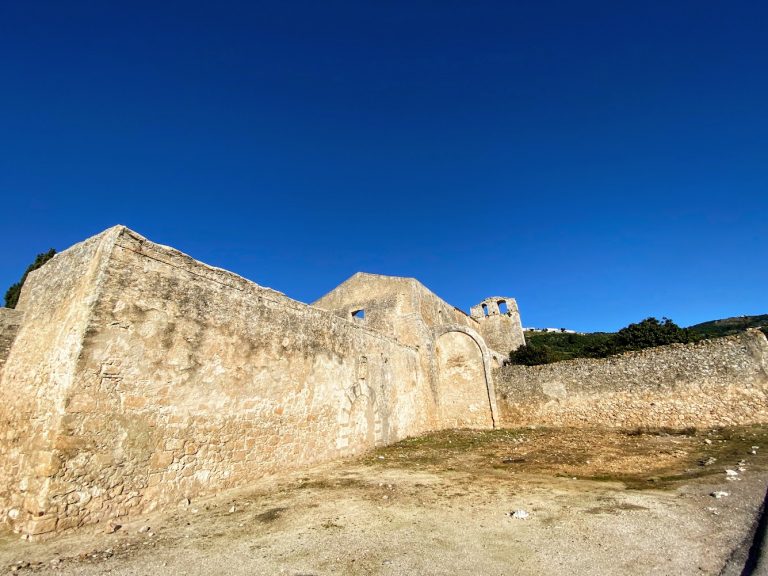
Popular tradition has it that a treasure is hidden there, buried with the corpse of a daughter of the Turkish Corsair Barbarossa at the end of the XNUMXth century. along the coasts of Puglia, and that the ancient abbey was joined to the sea by an underground passage, where a procession of demons now perennially gallops with an infernal roar.

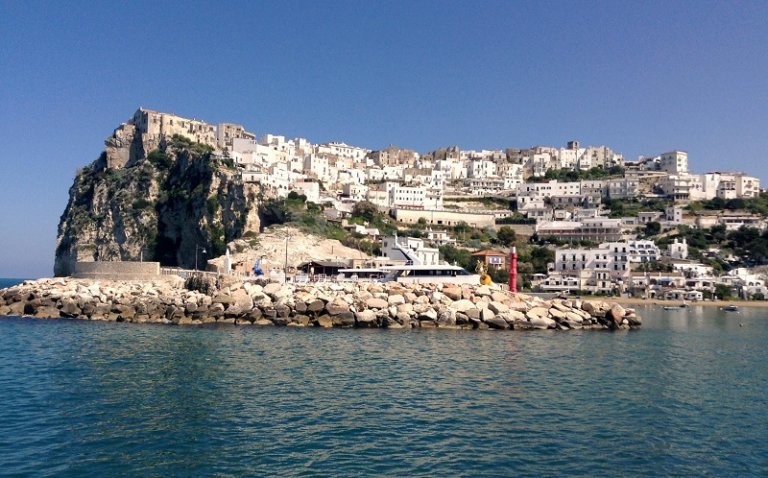

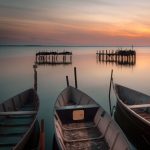
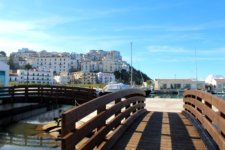




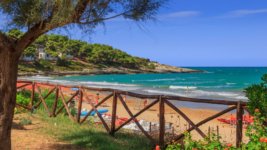

 Turismovieste.it is created by
Turismovieste.it is created by 